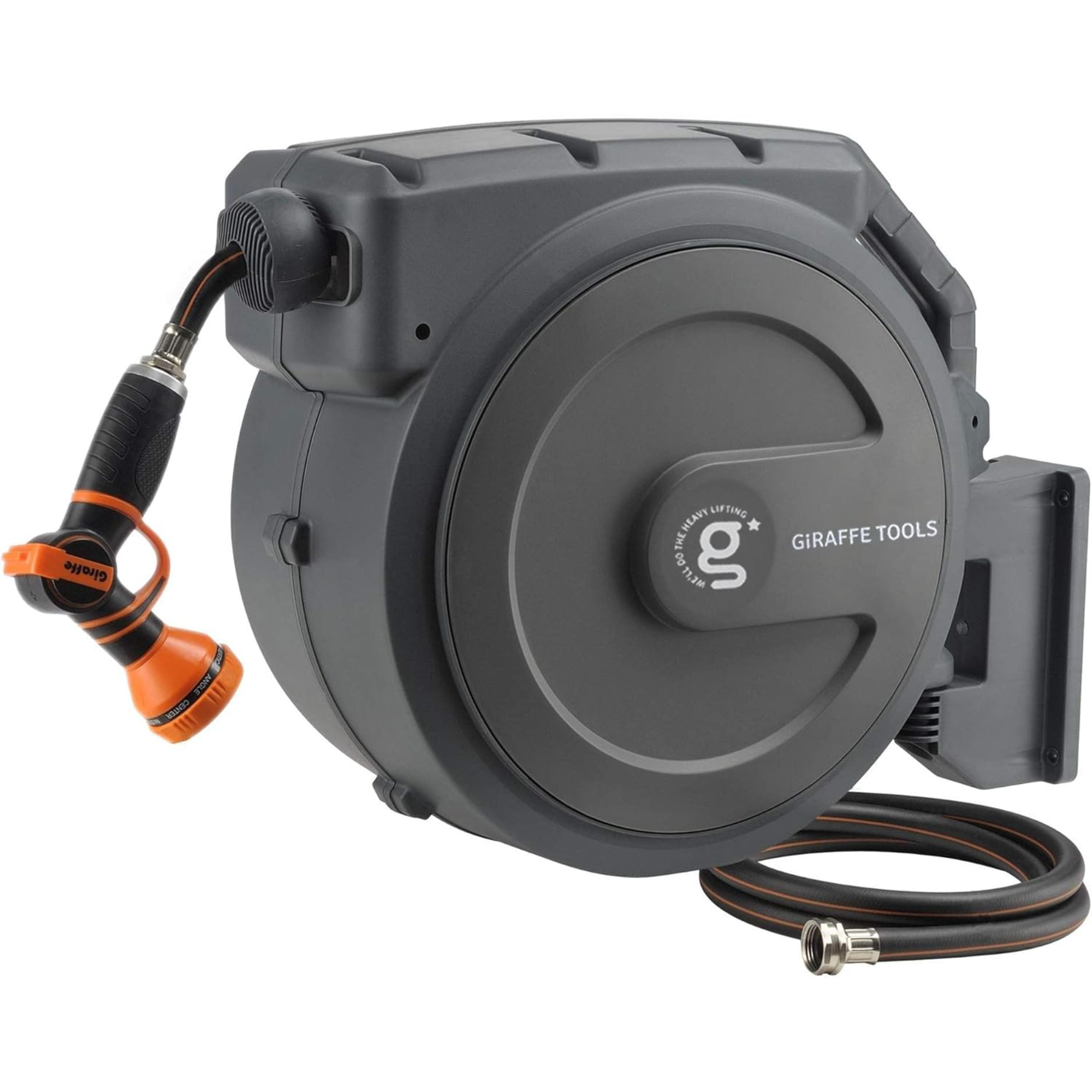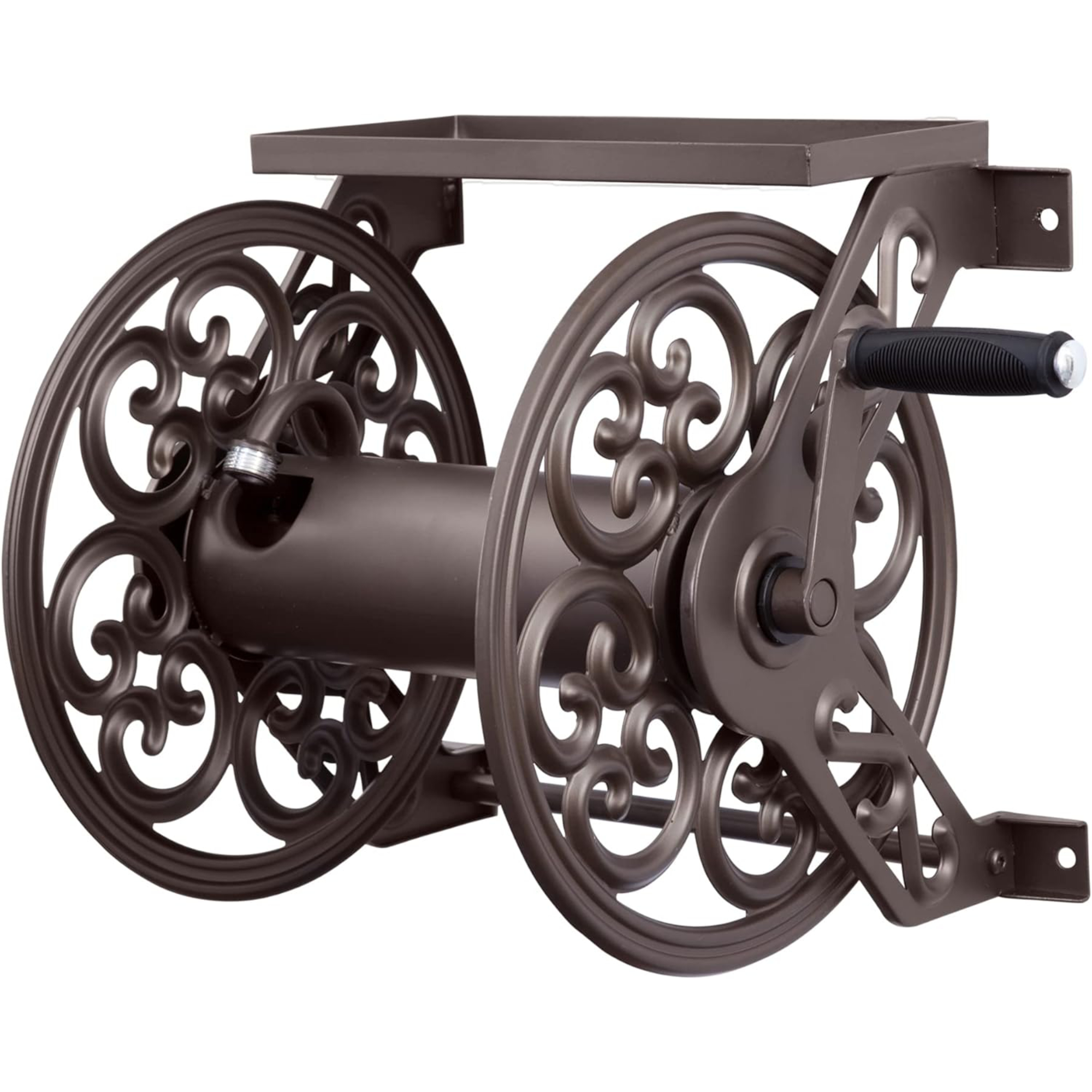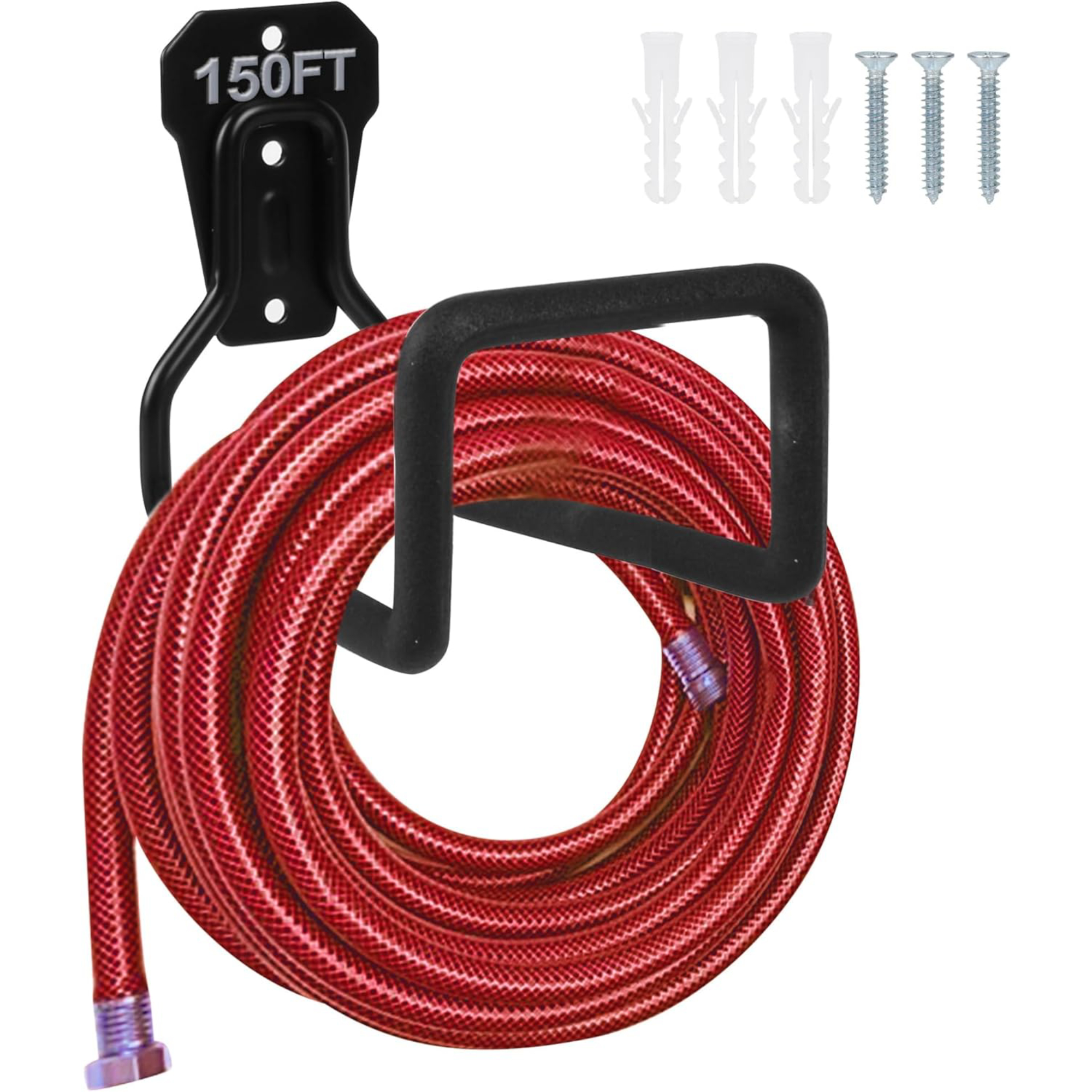6 Common Gardening Products Experts Actually Hate – And Pro-Approved Alternatives That Won't Let You Down
I asked our team of gardening experts which products they hate – and what they recommend instead. Here are the 6 items they say they'd never use again.
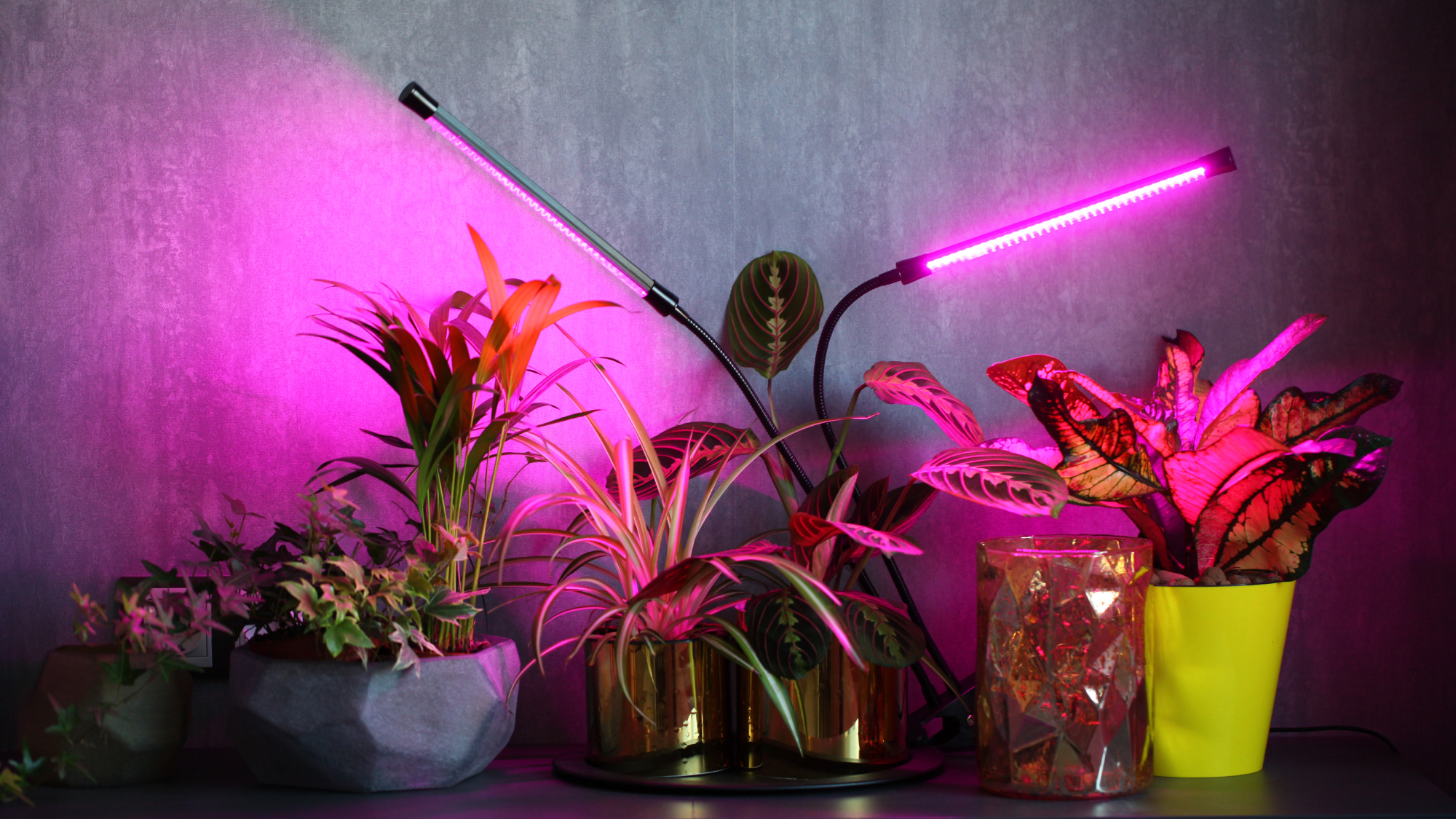

Just about every gardener has bought something they thought would help their plants grow better only to find out this miracle tool fell short. But with so many gardening products available these days, it can be hard to figure out what’s really worth your money.
That’s why I polled our team of gardening experts to find out what products they hate. From basic tools almost every gardener uses to more controversial chemical products, here are the six things our expert gardeners never buy anymore and what they use now.
So before you make you head to the garden center or make your holiday wishlist, take a look at the gardening tools and products our experts actually hate and cross those off your list. Instead add their favorite alternatives to your shopping bag and rest assured you’re using the same tools and products the pros do.
1. Tomato Cages
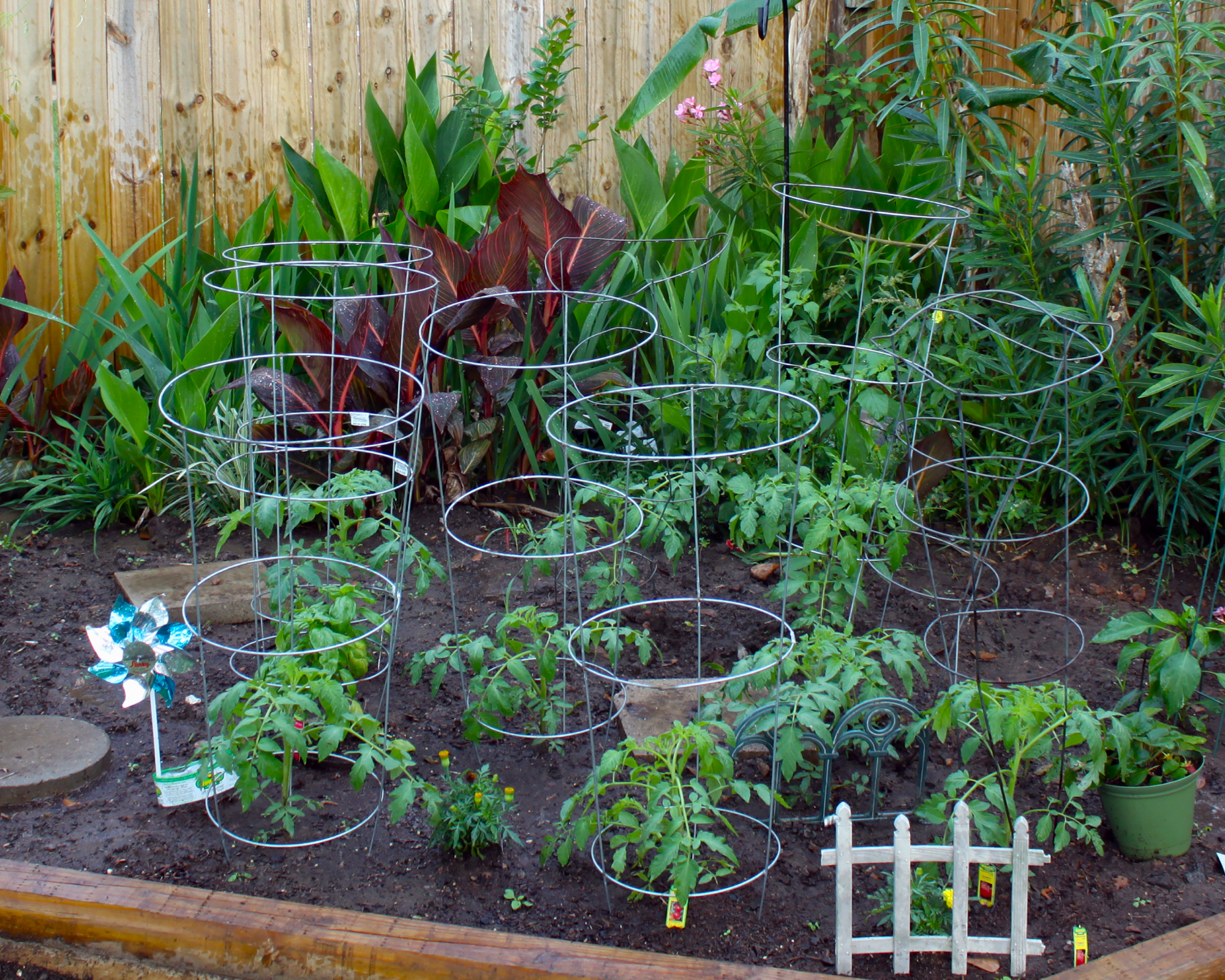
This may be a shock considering how popular they are, but Senior Editor Liz Baessler can’t stand traditional tomato cages. In fact, she wrote a whole manifesto article about her hatred of metal tomato cages and the reasons why modular tomato cages are the only way to go.
She says, “Tomato cages are the worst part of growing tomatoes,” because they get rusty, bent out of shape, and are a mess to store in the winter. Instead, she swears by these modular tomato cages from Amazon. They’re easy to break down and store when you’re done growing for the season, which is great news for lazy gardeners who want to simplify their fall cleanup routine.
2. Cheap LED Grow Lights
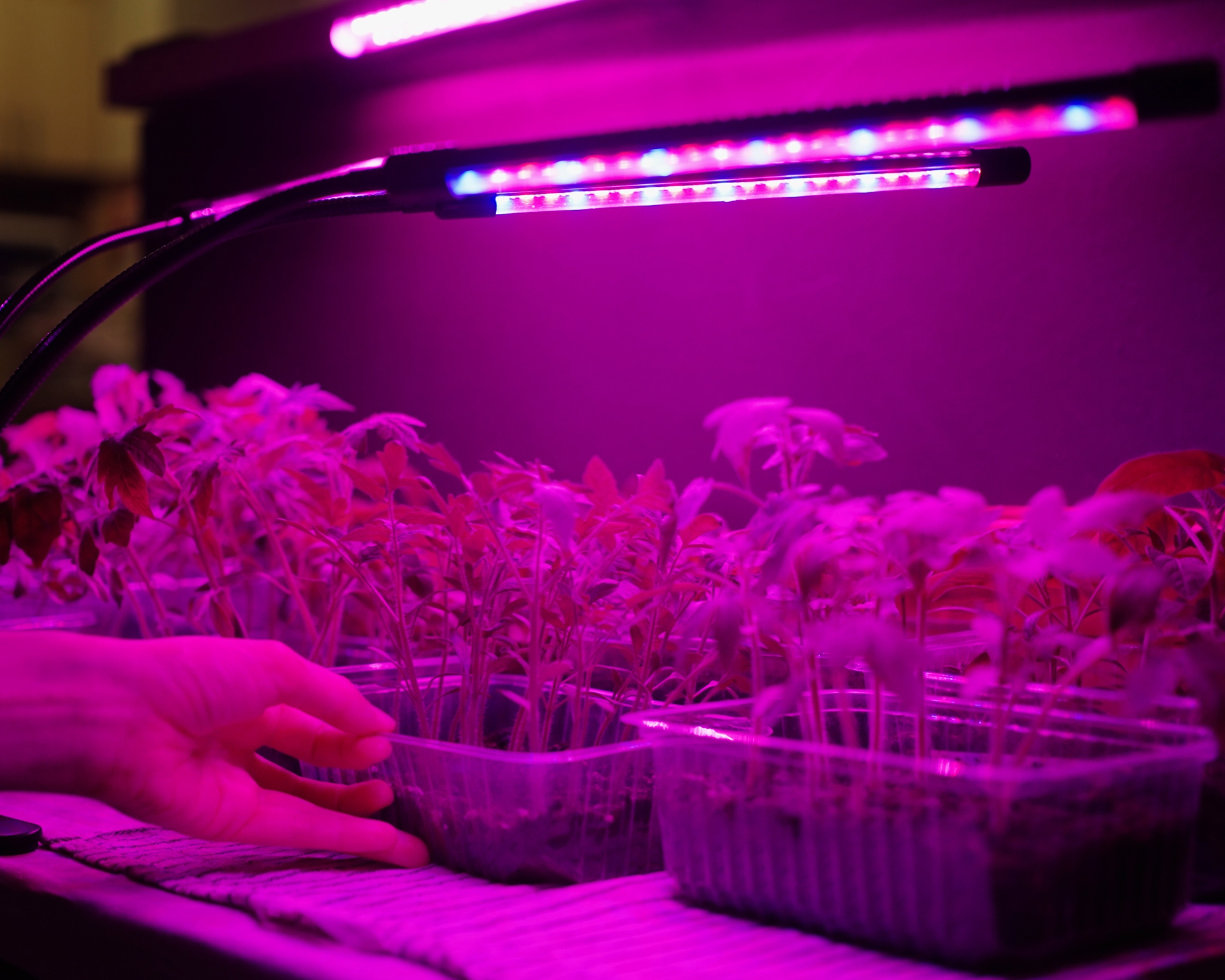
Garden writer and indoor growing expert Tyler Schuster says, “I hate budget LEDs. They give LEDs a bad reputation.” Grow lights are essential indoor gardening tools, unless your home is blessed with huge amounts of natural light. So good LED grow lights will help you grow strong, healthy houseplants and other indoor plants.
Don’t skimp when it comes to grow lights, Schuster warns. He says full spectrum light, like the kind you get from a quantum board LED, is what you need for robust plants. “For a while, people were pushing simple red/blue setups. I didn't like it that much. Full spectrum is the way to go.”
Sign up for the Gardening Know How newsletter today and receive a free copy of our e-book "How to Grow Delicious Tomatoes".
Not sure how to decode all the grow light lingo? Schuster says, “Anything with Samsung LEDs in it is going to have the power and spectrum you need. Spend just a little extra for a middle-of-the-road LED or you will be getting a piece of junk.” This quantum board grow light from Amazon is a good place to start for your indoor garden.
3. Flimsy Hose Holders
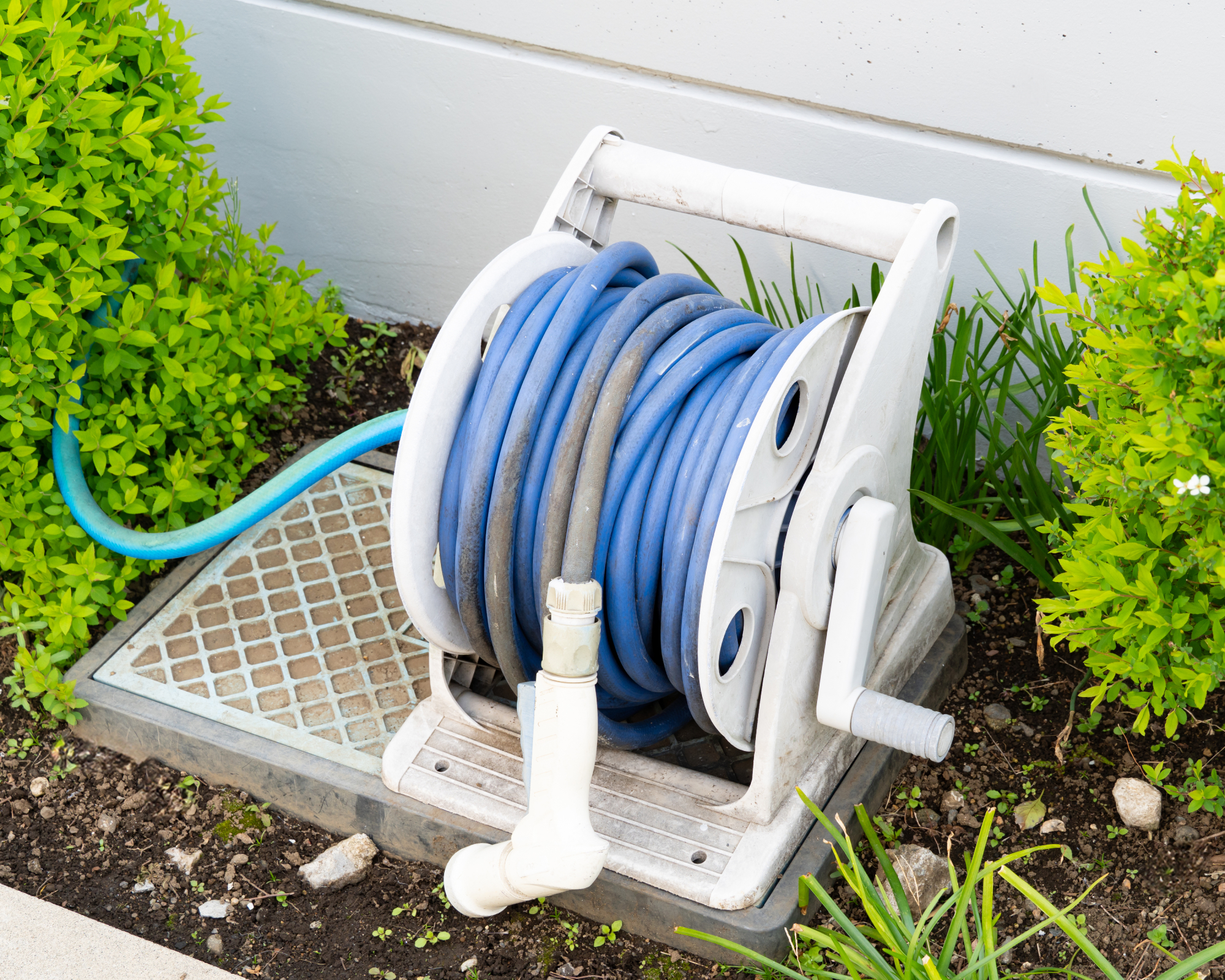
Allie Kerkhoff, Senior Manager of Revenue Strategy & Insights, regrets buying a flimsy hose holder with spikes that stick into the ground. She says, “It bent out of shape the first time I tried to put it in the ground.”
She bought it as a bargain solution, but after trying to use it she realized she should have chosen a more substantial and stylish way to store garden hoses. “I got it because it was cheaper than a regular hose reel, but I would significantly prefer an actual hose reel or hose storage container.”
Instead of trying to buy something inexpensive and ineffective, Kerkhoff recommends one of these three functional options below:
4. In-Ground Garden Beds
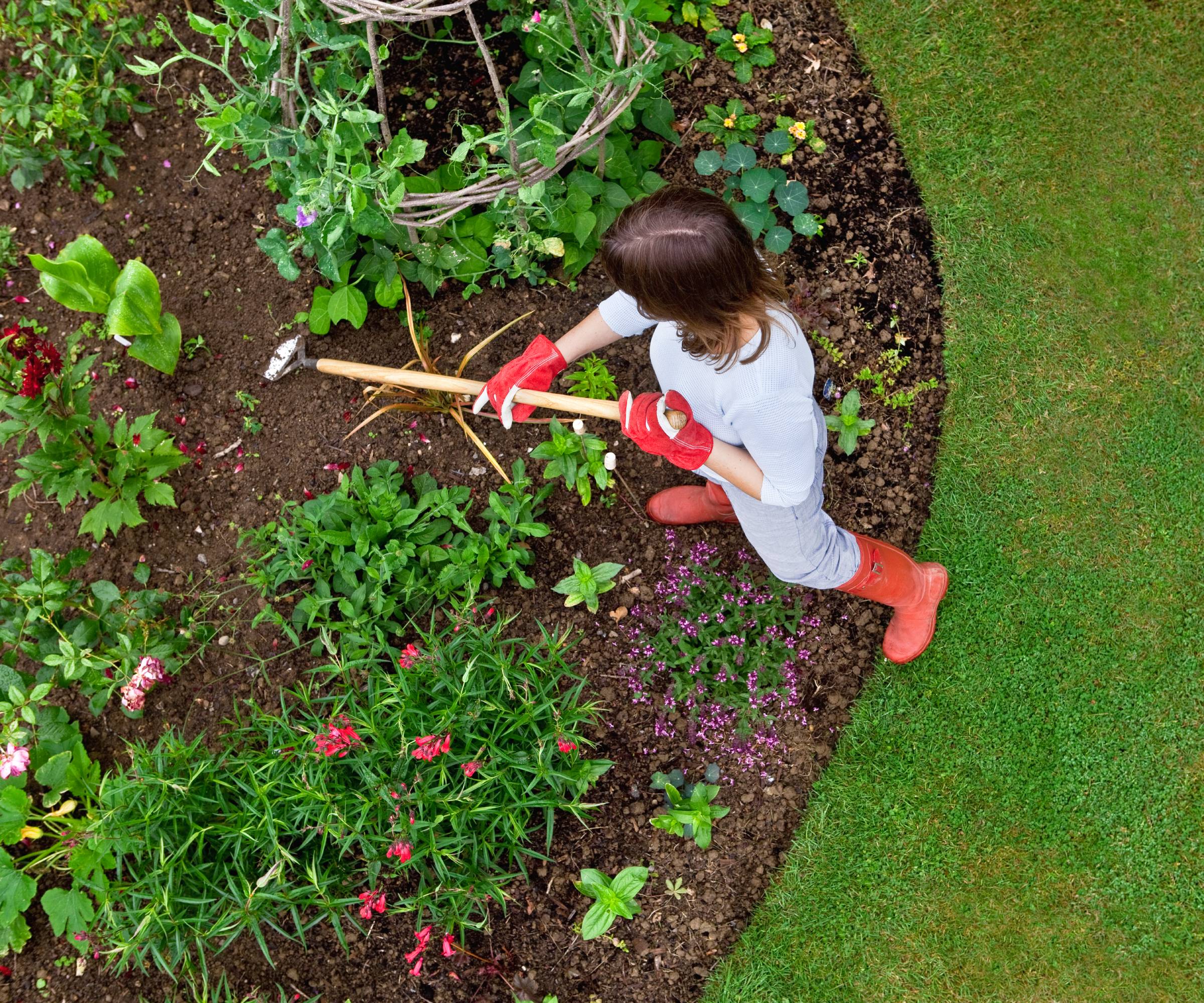
Ok, so this one isn’t a tool or product per se. But Amy Draiss, our Digital Community Manager and a former garden center manager, says she hates her in-ground garden beds. “I can’t grow anything in them due to my black walnut trees.”
Black walnut trees are allelopathic, which means they emit a chemical called juglone into the soil. This prevents nearby species from thriving, other than a few black walnut compatible plants. It’s notoriously difficult to grow a garden near a black walnut tree, so it’s easy to see why Draiss hates her in-ground beds so much.
Luckily, there’s an easy solution for this common problem. “I’m going to replace them with above-ground raised beds.” Raised beds are a great way to grow near black walnut trees and there are tons of options available that will suit every garden design.
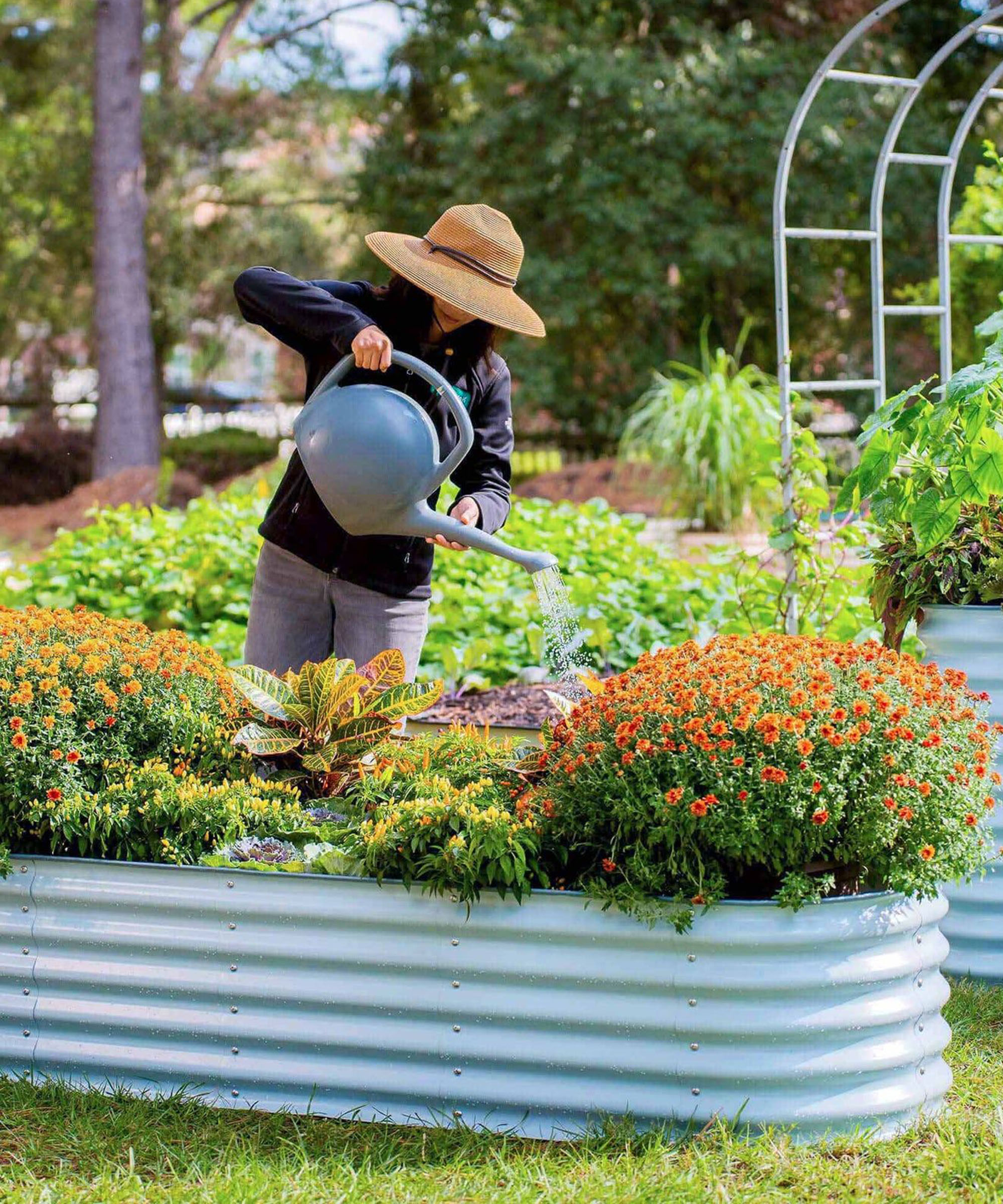
Our experts love Vego Garden’s modular raised beds for their durability and beautiful range of colors. In fact, our senior editor filled her whole front yard with them!
5. Garden Kneelers With Seats
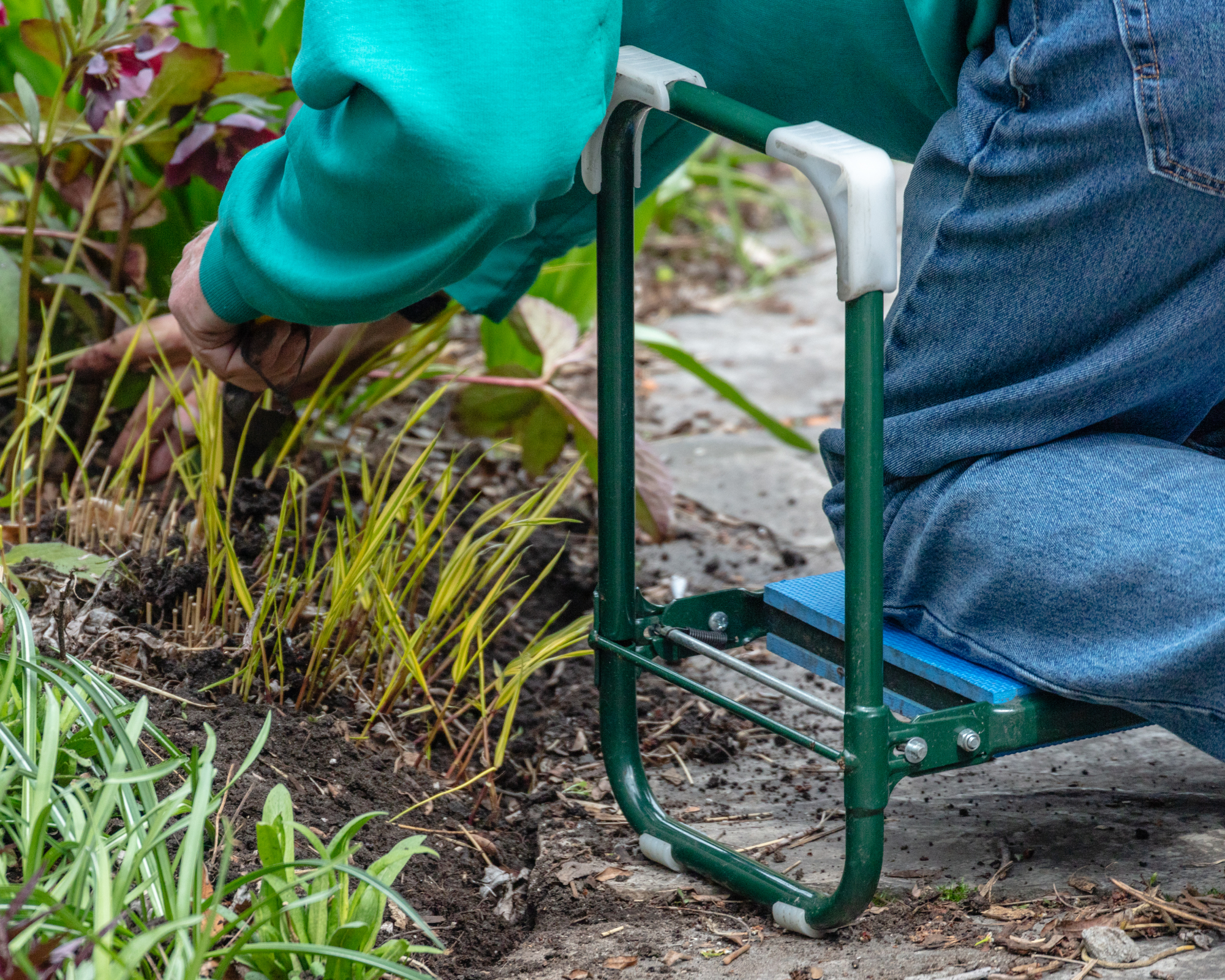
Master gardener and long-time garden writer Susan Alberts tried one of those clever-looking garden kneelers that comes with built-in handles and a seat, but ended up hating it.
She said “The tall arms are helpful in getting up, but it is a very uncomfortable way to weed. The bench is several inches above the ground so I have to lean awkwardly over the work area.” Though the design of this kneeler is intended to help you save your back while gardening, it can actually end up hurting you more than it helps.
She also added that, “The pad is not very thick, so soon my knees hurt.” And unfortunately, this type of kneeler is not accessible for all gardeners. “I try to position a different way, but the bench is designed for rail-thin legs apparently. I usually end up just weeding from the ground with the kneeler next to me so I can use the arms to get up.”
The other supposed benefit of a garden kneeler and seat, is that you can use it as a place to sit and rest in the garden. But it falls short on that feature, too – and the people who designed it know that.
“It is supposed to be reversible as a stool, which is laughable because it says in the instructions not to use it on unstable surfaces such as the ground.” If you can’t use it on the ground, where are you supposed to use it? Alberts adds, “I am sure I would tip over if I tried to sit on it to do garden chores.”
Instead of investing in a higher-priced garden kneeler and seat, Alberts recommends something a bit more basic and budget-friendly. “A better choice might be an anti-fatigue roll mat, which is much larger and could be folded over or even cut to accommodate a person’s needs.”
Shop anti-fatigue mats on Amazon. Or buy a large roll of anti-fatigue padding you can trim to size.
6. Conventional Weed Killers
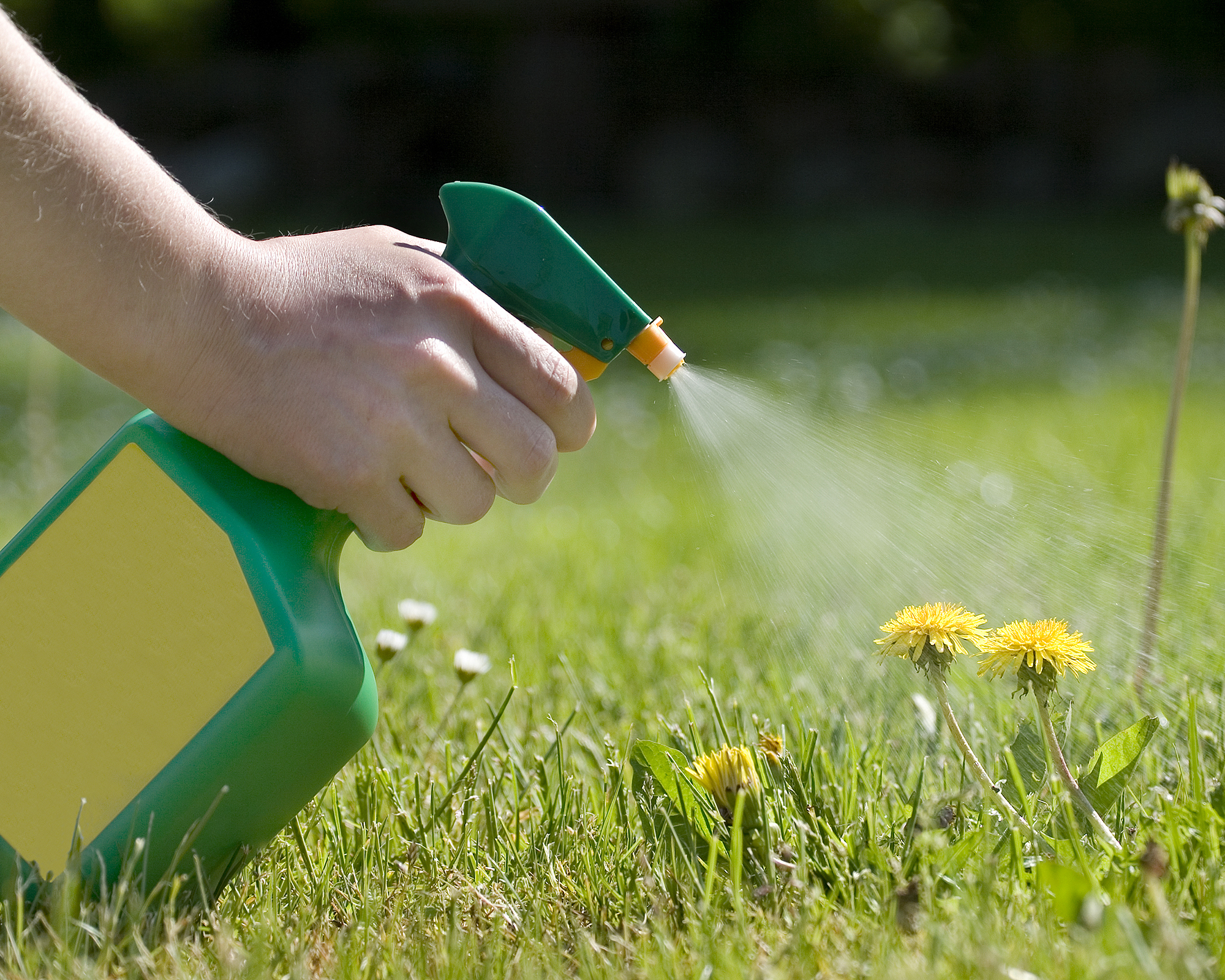
This is one product a lot of gardeners hate. But like the unwanted weeds they’re meant to eradicate, conventional weed killers just keep cropping up.
Content Editor Janey Goulding says, “One product that gets me genuinely irked is the 'industrial weed killer’ that promises to sort out all your weeds for good. There are no ultimate or one-time fixes for weeds and, not only are these products seldom likely to wipe out weeds forever, but they can also be damaging to plants you want to keep.”
She says, “The most effective strategies are targeted and gentle to your other plants (and your lawn). Depending on the weed (and the location), I'd always recommend excising weeds at the root level, and keeping up the pressure every week, particularly during the growing season. That's the best way to weaken the root systems of weeds, so much so that they struggle to get a significant foothold. Also, keeping it organic can never be wrong.”
Instead of using a chemical to try to eradicate all the weeds in your yard with one big dousing of spray, Goulding recommends something more old-school. “Personally, I enjoy using a good screwdriver to hoist out deep taproot-based weeds.” Everyone has a screwdriver on hand and it doesn’t get more organic than manual weed-pulling.
If you want to try a different tool to attack specific weeds or particularly tough locations, Goulding says, “There are also some highly effective weed lifter tools. You can even try a hori hori knife, in tandem with a well-timed organic mulch.” Content Editor Kathleen Walters swears by her hori hori knife from A.M. Leonard, which you can find on Amazon. She says it replaced every other tool in her shed.
Goulding offers one last important piece of weeding advice, “Remember, regular weeding is time well spent. Fight the good fight, and get in there early and often.” Letting unwanted plants grow unchecked is the worst weeding mistake you can make, so attack the problem fast.

Laura Walters is a Content Editor who joined Gardening Know How in 2021. With a BFA in Electronic Media from the University of Cincinnati, a certificate in Writing for Television from UCLA, and a background in documentary filmmaking and local news, Laura loves providing gardeners with all the know how they need to succeed, in an easy and entertaining format. Laura lives in Southwest Ohio, where she's been gardening for ten years, and she spends her summers on a lake in Northern Michigan. It’s hard to leave her perennial garden at home, but she has a rustic (aka overcrowded) vegetable patch on a piece of land up north. She never thought when she was growing vegetables in her college dorm room, that one day she would get paid to read and write about her favorite hobby.
